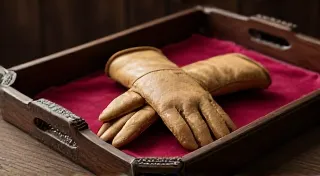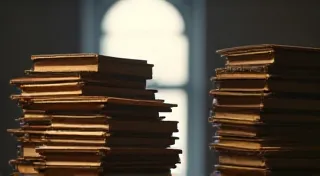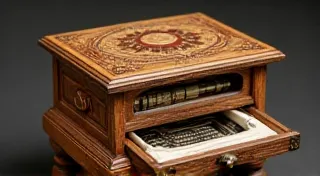The Imprint of Absence: Deleted Keys and the Stories They Concealed
The scent of aging metal and dried ink – that’s the perfume of history, particularly potent when emanating from a vintage typewriter. More than mere office equipment, these machines represent a bridge to a past where words were painstakingly crafted, letters carried a weight of expectation, and every keystroke left a permanent mark. But what happens when a key goes silent? When a vital character disappears from the alphabet at your fingertips? The absence, it turns out, speaks volumes – not just about the machine's journey, but about the stories it once helped to tell.
My grandfather, a man of few words and even fewer smiles, left me his Underwood Standard. It’s a beautiful machine, a battleship grey testament to American industrial design from the 1920s. He’s gone now, but I often find myself sitting at that typewriter, the click-clack of the remaining keys a ghostly chorus of his presence. And then my gaze falls on the 'Q' – gone. Vanished. A blank space in the line where it should be.
The Mechanics of Loss
The reasons for missing keys are as varied as the typewriters themselves. Some have simply worn down with relentless use, the delicate levers and hammers succumbing to the constant friction. Others have been casualties of accidents – a dropped typewriter, a child’s inquisitive fingers, a clumsy repair. Still others may have been intentionally removed, a desperate measure in times of scarcity, a character deemed superfluous or damaged beyond repair, or perhaps even removed to sabotage the machine by an angry writer.
The intricate mechanism of a typewriter, even a seemingly simple one, is remarkable. Each key connects to a complex system of levers, linkages, and typebars, the latter being the small, metal arms etched with individual characters. When a key is pressed, the typebar swings forward, impacting a ribbon and transferring ink onto the paper. A missing key disrupts this entire process, leaving a stark void in the text.
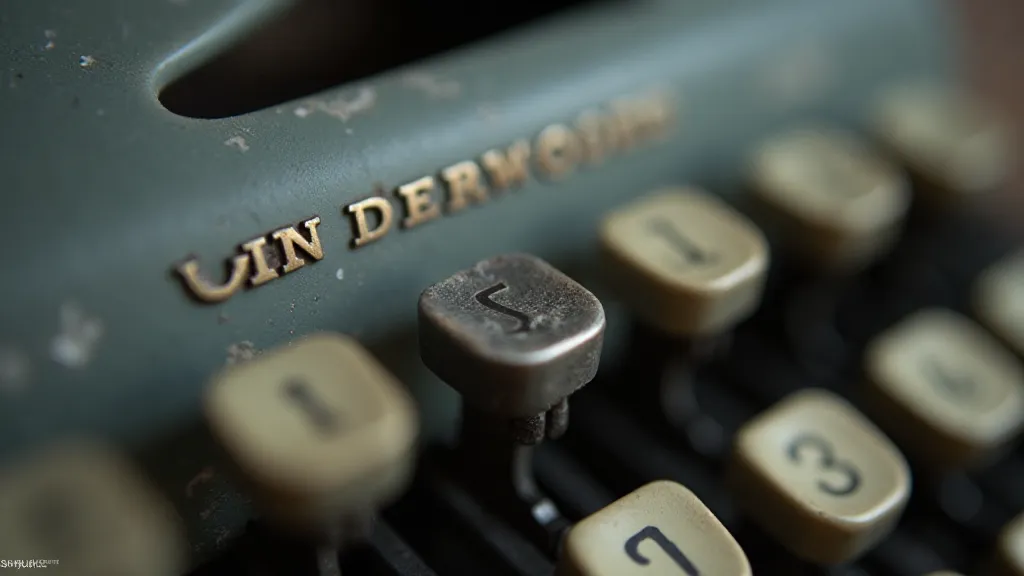
Silent Witnesses: Imagining the Stories
It’s tempting to simply see the missing key as a mechanical failure, a flaw in the machine. But I’m convinced that each missing character carries a story – a lost narrative, a silenced voice. What manuscript was interrupted? What heartfelt letter remains incomplete? What vital business correspondence never reached its intended recipient?
Consider the 'Q' on my grandfather's Underwood. Did a young soldier, stationed overseas, struggle to finish a letter home, the 'Q' wearing down with repeated keystrokes as he recounted the horrors he witnessed? Did a frustrated novelist, wrestling with a particularly elusive plot twist, snap the key in a moment of creative despair? Or perhaps, most poignantly, did my grandfather himself, a man who rarely expressed his emotions, try to articulate a hidden grief, only to have the key fail him?
The beauty of these antique typewriters lies not just in their functionality, but in their imperfection. They are tangible reminders of human endeavor, of the triumphs and failures that shape our lives. The missing keys are not blemishes; they are poignant markers of a journey – a testament to the countless words that flowed through these machines, and the untold stories that remain etched in their silent depths.
The Craftsmanship and the Collector
Examining these machines up close reveals a level of craftsmanship that is almost unimaginable today. Each part, from the smallest screw to the meticulously engraved typebars, was made with precision and care. The metal is thick and durable, designed to withstand years of constant use. The feel of the keys, the satisfying click-clack of the mechanism – these are sensory experiences that connect us to a bygone era.
For collectors, missing keys can be a source of both fascination and frustration. While a fully functional typewriter is undoubtedly desirable, many collectors find beauty and intrigue in machines with unique histories – machines that bear the scars of time and use. The absence of a key can be a conversation starter, a tangible link to the machine’s past. Some restorers, driven by a desire for historical accuracy, will even deliberately reproduce missing keys to recreate the machine's original condition based on archival evidence.
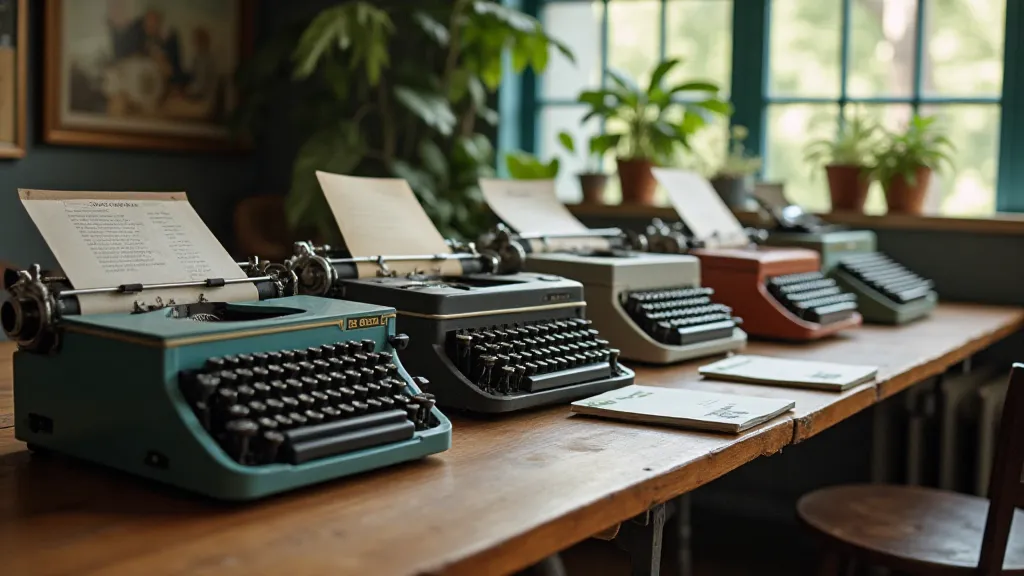
Beyond the Office: Typewriters in Art and Culture
The typewriter's influence extends far beyond the office. It has been a muse for artists, writers, and musicians, appearing in countless works of art and popular culture. From Jack Kerouac's spontaneous prose to the rhythmic clatter in film noir soundtracks, the typewriter has become a symbol of creativity, rebellion, and the power of the written word.
The visual impact of a typewriter – its imposing form, its intricate mechanism, its tactile keys – has also inspired artists to incorporate these machines into their work. Sculptures, paintings, and installations have all celebrated the typewriter’s aesthetic appeal, transforming it from a functional object into a work of art.
Restoring the Echoes
Restoring a vintage typewriter is not just about replacing missing keys; it's about preserving a piece of history. It’s about ensuring that these machines continue to resonate with future generations. The process requires patience, skill, and a deep appreciation for the craftsmanship that went into their creation. Often, locating original parts is a challenge, requiring a network of fellow collectors and specialists.
Even a typewriter with missing keys can be cherished and appreciated. Its imperfections tell a story – a story of use, of resilience, and of the countless words that flowed through its mechanism. Each missing key is a reminder of the human element – the triumphs and failures, the joys and sorrows – that shaped its history.
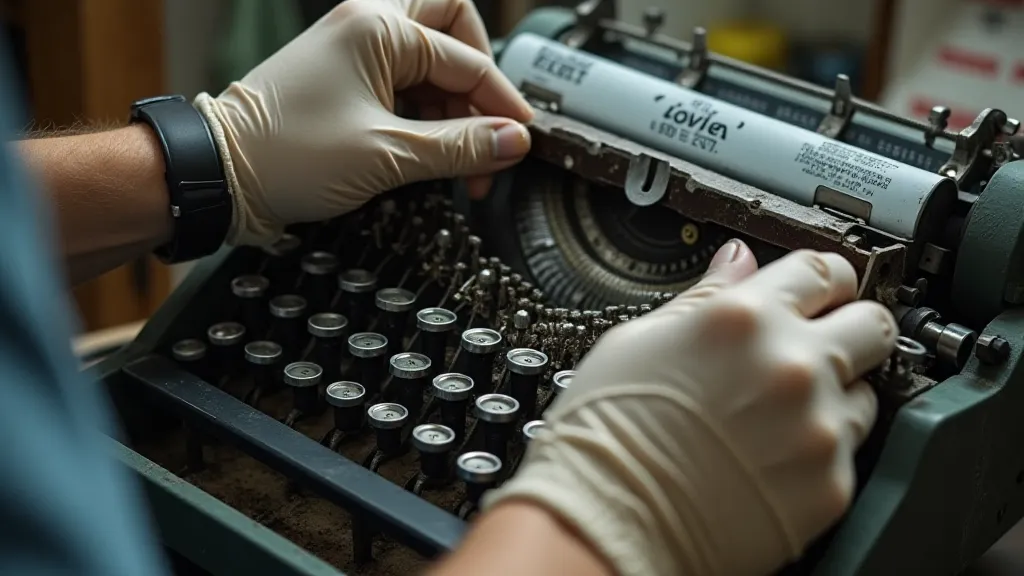
Sitting at my grandfather’s Underwood, my fingers tracing the space where the 'Q' used to be, I feel a profound connection to the past. It’s a quiet acknowledgement of a life lived, of words unspoken, and of the enduring power of these magnificent machines. The imprint of absence isn’t a loss; it’s a legacy. It's a silent, enduring story waiting to be imagined.


